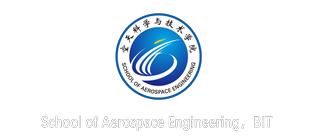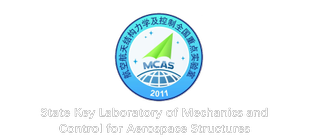Open/closed-loop aeroservoelastic predictions via nonlinear, reduced-order aerodynamic models
Rui Huang, Hongkun Li, Haiyan Hu, Yonghui Zhao
Abstract: Recently, the parallel cascade reduced-order modeling approach has been successfully used for the flutter prediction of a two-degree-of-freedom wing section. However, this approach has been less successful when applied to reveal other important aeroelastic phenomena, such as the transonic aeroservoelastic behaviors of a three-dimensional wing with a trailing-edge control surface. Because of the complexity introduced by the forced control-surface deflection, effects of oscillating shock waves, and aerodynamic viscosity, the stability of the dynamic linear parts of the parallel cascade reduced-order model cannot be guaranteed. In this paper, a novel, stable representation of the parallel cascade reduced-order model is explored in which the linear part is identified by using a predictor-based subspace scheme. To demonstrate the performance of the present parallel cascade reduced-order model in modeling the aeroservoelastic behaviors of a three-dimensional wing with a trailing-edge control surface, the Benchmark Active Control Technology wing is used as an illustrative example. The numerical results demonstrate that the parallel cascade reduced-order models are capable of modeling open/closed-loop aeroservoelastic behaviors. Moreover, the effects of the aerodynamic nonlinearity on the dynamic behaviors of the aeroservoelastic systems are investigated always based on the proposed reduced-order model.
原文链接: https://arc.aiaa.org/doi/abs/10.2514/1.J053424





